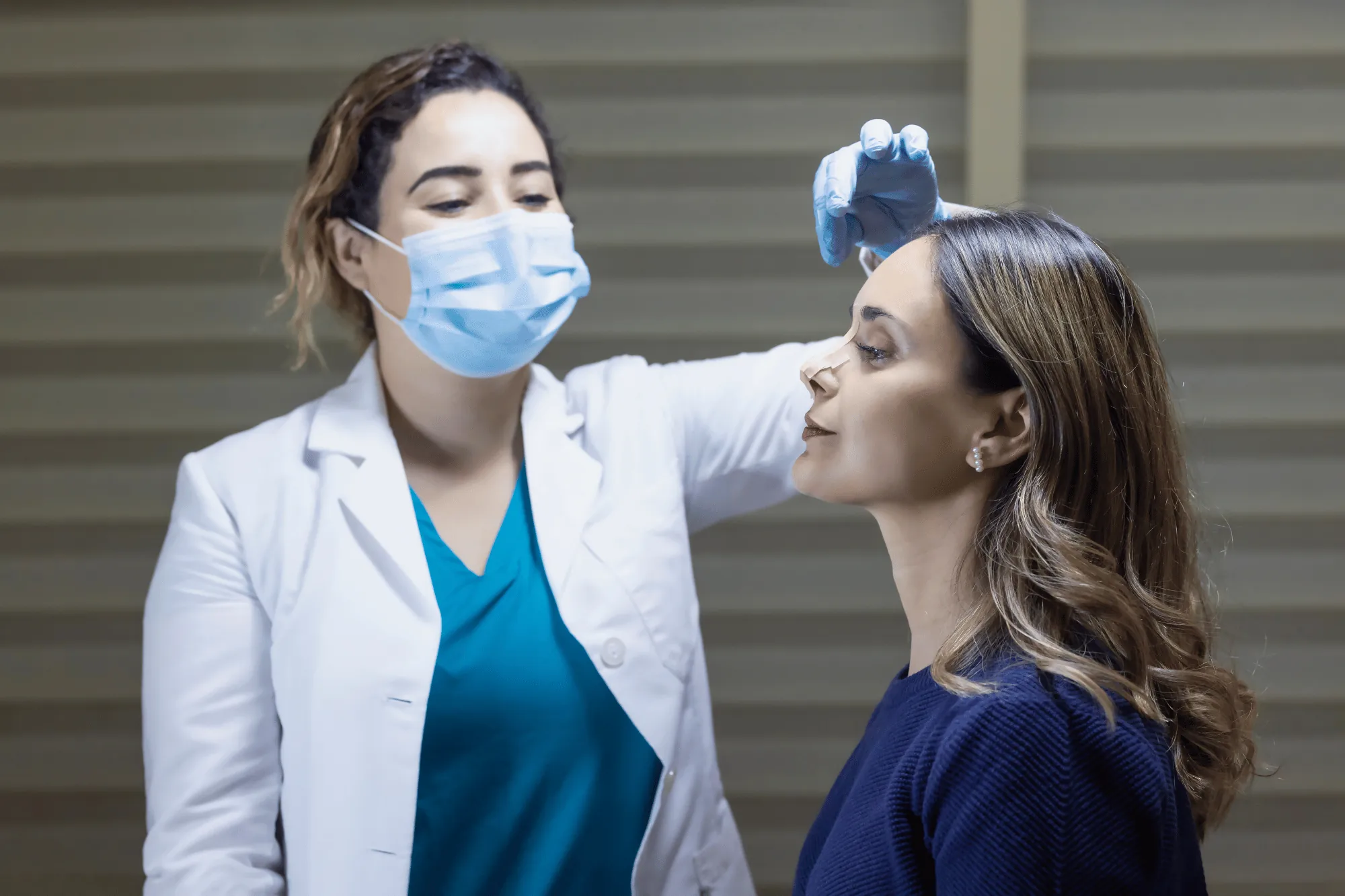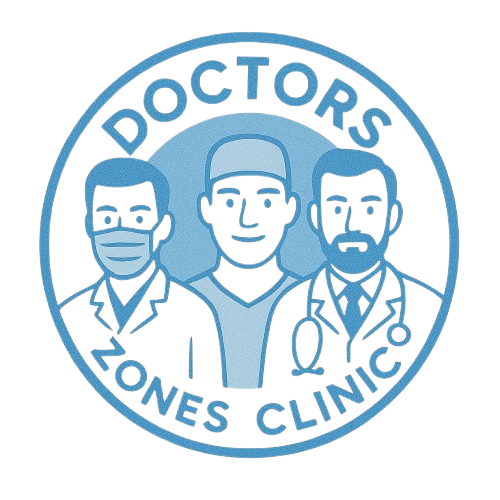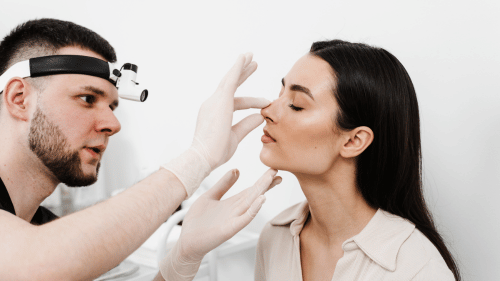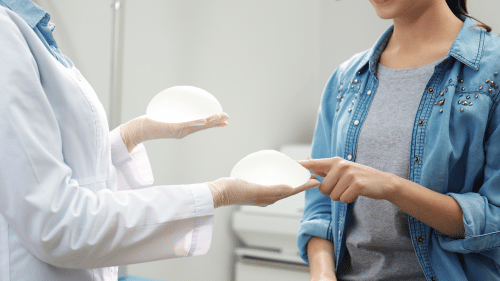Teeth Cleaning
Teeth cleaning is a preventive dental procedure that removes plaque, tartar, and stains to maintain oral health and a bright smile.
- The Only Guide You’ll Ever Need
Teeth Cleaning
Teeth cleaning, also known as dental prophylaxis, is a routine yet essential treatment to keep your teeth and gums healthy. Over time, plaque builds up on the tooth surface and hardens into tartar, which cannot be removed by brushing alone. Professional cleaning eliminates these deposits, reducing the risk of cavities, gum disease, and bad breath. Performed by a dentist or hygienist, this procedure also polishes the teeth for a smoother, cleaner feel and a more radiant smile.
The process is painless and usually completed in 30 to 60 minutes. Using special tools, the hygienist removes plaque and tartar from the teeth and gum line, followed by polishing with a mildly abrasive paste. In some cases, fluoride treatment is applied to strengthen enamel. Regular cleanings, typically recommended every six months, are key to preventing long-term dental issues and supporting overall health.
Purpose
Removes tartar and plaque for oral health.
Procedure
Scaling and polishing by hygienist.
Areas Treated
Entire dental arch.
Anesthesia
No anesthesia needed.
Recovery
Instant, no downtime.
Results
Cleaner, healthier gums and teeth.
What is Rhinoplasty ?
Rhinoplasty, commonly known as a “nose job,” is a surgical procedure designed to reshape the nose for aesthetic enhancement or functional improvement. It can address concerns like:
A dorsal hump
Drooping or bulbous nasal tip
Crooked bridge
Overall facial imbalance
In many cases, rhinoplasty is also performed to improve nasal breathing, particularly when combined with correction of a deviated septum.
At our clinic, board-certified surgeons take a personalized, detail-oriented approach, analyzing each patient’s facial structure to deliver natural-looking and harmonious results.
Rhinoplasty Process
1. Consultation
Detailed facial and nasal analysis
Discussion of aesthetic goals and functional concerns
Customized surgical plan tailored to your features
2. Surgical Procedure
General anesthesia is typically used
Hidden incisions (inside the nostrils) minimize visible scarring
The nose is reshaped (tip refined, hump reduced, bridge straightened, etc.)
If needed, internal corrections like a septoplasty are performed to enhance breathing
3. Recovery
Surgery duration: 2–3 hours
Outpatient procedure: most patients go home the same day
Swelling and bruising peak in the first week and subside within 1–2 weeks
External splint worn for about a week
Return to light activities and office work: typically within 7–10 days
Final results: refined nasal shape settles within 12 months
Rhinoplasty Cost in 2025 (Turkey)
The experience of the surgeon
The techniques used
Whether functional work (e.g., septoplasty) is also included
Average Cost in Turkey:
Why Turkey?


Overview
What is Teeth Cleaning?
Teeth cleaning is a non-invasive dental procedure that removes plaque and tartar buildup to prevent decay and gum disease.
The procedure includes:
scaling: removal of hardened plaque (tartar) from teeth
polishing: smoothing tooth surfaces to remove stains
fluoride (optional): applied to protect enamel from decay
oral hygiene advice: tips to maintain clean teeth at home
It is a simple, preventive step to ensure long-term oral health.
Process
Teeth Cleaning Process
1. Consultation
Oral exam to assess gum and tooth condition
Identification of plaque and tartar buildup
Personalized oral hygiene recommendations
2. Surgical Procedure
No anesthesia required
Ultrasonic or manual tools used to scale teeth
Polishing to smooth and brighten enamel
Fluoride treatment if needed
Final rinse and hygiene instructions
3. Recovery
No downtime—return to normal activities immediately
Teeth may feel smoother and look brighter
Temporary sensitivity is possible
Maintain daily brushing and flossing
Visit every 6 months for optimal results
Costs
Facelift (Rhytidectomy)
The cost of a facelift can vary depending on several factors, including the complexity of the procedure, the surgeon’s experience, and whether additional treatments (such as a neck lift or eyelid surgery) are performed at the same time.
Typical cost range: $7,000 – $15,000
The experience of the surgeon
The techniques used
Whether functional work (e.g., septoplasty) is also included
Average Cost :
Cost Range : $7,000 – $15,000
What’s included:
- Surgeon’s fee
Anesthesia fees
Operating room and facility costs
Pre-operative consultations and post-operative care
Compression garments or necessary supplies
Before & After
Authentic Patients & Genuine Results
Hear It Straight from
Our Patients Real Stories, Real Impact.
Discover what our patients have to say about their transformation journey with us.
Services
Faq's
Frequently Asked Questions
Have questions about teeth cleaning? We’ve answered the most common concerns to help you feel confident and informed before your procedure.
Is teeth cleaning painful?
No, it’s usually painless and well-tolerated.
How often should I get my teeth cleaned?
Every 6 months, or as recommended by your dentist.
Can teeth cleaning whiten my teeth?
It removes surface stains but is not a whitening treatment.
Will I bleed during the cleaning?
Mild bleeding may occur if gums are inflamed, but it’s temporary.
How long does the procedure take?
About 30–60 minutes.
Can I eat after the cleaning?
Yes, but avoid staining foods if you had a fluoride treatment.
Is fluoride necessary?
It’s optional but helpful in strengthening enamel.
Will my teeth feel different?
Yes, they will feel cleaner and smoother.
Is it safe during pregnancy?
Yes, and it’s encouraged to maintain oral health
What happens if I skip cleanings?
Plaque can turn into tartar, increasing the risk of gum disease.
Claim Your Free Consultation Now!
If you have questions, need support, or are looking for medical guidance, our expert team is ready to assist you.
- Customized Treatment Plan in Minutes!
- Complimentary Consultation and Evaluation
- Round-the-Clock Booking Available
- Everything Included in One Package
- Over 2,800 Clients and Growing in 32+ Countries












